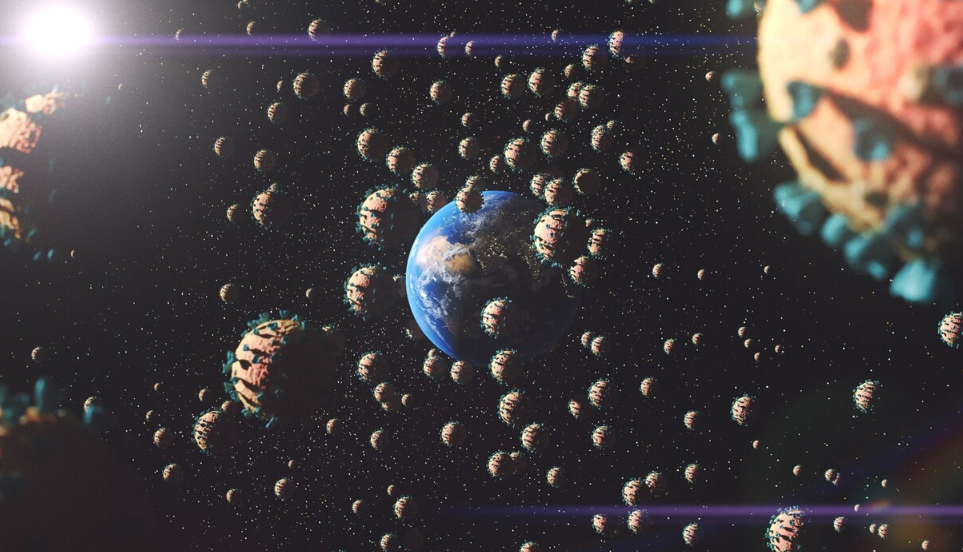In a world increasingly shaped by digital environments and artificial intelligence, the concept of spirituality is undergoing a quiet but radical transformation. As traditional rituals lose their central place in many societies, a new phenomenon is emerging: synthetic rituals—digitally constructed, algorithmically guided, and often simulation-based practices that echo the spiritual functions of ancient traditions.
Are these rituals hollow imitations, or are they the natural evolution of human spirituality in a hyperconnected world?
The Rise of Digital Devotion
The internet has already transformed how people engage with spirituality. From livestreamed sermons to virtual meditation retreats, spiritual practice is no longer bound by geography or time. But synthetic rituals go beyond merely digitizing the old—they invent new forms of symbolic behavior that are born inside the machine.
Examples include:
- AI-guided meditations tailored in real time to emotional and biometric feedback.
- VR pilgrimages that simulate sacred sites for those unable to travel.
- Algorithmic prayer wheels, where code continuously chants mantras in digital space.
- Blockchain-based sacred tokens, representing modern interpretations of offerings or blessings.
These practices, while technologically novel, serve many of the same functions as traditional rituals: emotional regulation, community bonding, a sense of transcendence, and meaning-making.
Ritual in a Simulated World
French philosopher Jean Baudrillard argued that modern life was increasingly governed by simulacra—copies of things that have no original. Synthetic rituals, then, could be seen as part of a spiritual hyperreality, where authenticity is not about origin, but impact.
Does it matter if a ritual is “real” if it brings comfort or transformation?
For many younger generations raised in digital ecosystems, synthetic rituals feel no less valid than traditional ones. Logging into a virtual temple, lighting a digital candle, or engaging in a shared symbolic action across a virtual world may fulfill deep psychological and spiritual needs.
Reprogramming the Sacred
One of the most fascinating aspects of synthetic rituals is their programmability. Unlike ancient rites fixed by tradition, these digital practices can be endlessly remixed, personalized, and scaled.
Imagine:
- A ritual created by an artist, evolved by an online community, and adapted by AI to suit each user’s belief system.
- A sacred simulation that uses neural feedback to deepen your sense of unity or awe.
- A decentralized digital sanctuary accessible across devices and realities, persistent in both time and space.
In this fluid world, spirituality becomes more like software—updatable, forkable, open-source.
The Risks of the Unreal
Yet synthetic spirituality is not without risks.
- Commercialization: When rituals are delivered by apps or platforms, they can be monetized, gamified, and stripped of depth.
- Isolation: Simulated connection may reinforce loneliness, replacing real-world community with digital illusion.
- Spiritual bypassing: Easy access to “transcendent” experiences might allow users to avoid the discomfort and growth of deeper inner work.
There’s also the existential question: If your sacred experience is built from pixels and code, what happens when the server goes offline?
Beyond the Binary: Authenticity in the Age of AI
Rather than dismiss synthetic rituals as fake or superficial, perhaps it’s time to reconsider what makes a ritual real. Is it the presence of an ancient tradition? A sacred space? Or is it the human experience of awe, reflection, and connection—regardless of the medium?
In an age where reality itself is increasingly blurred by simulation, authenticity may arise not from the source, but from the intention.
A virtual ritual, performed with sincerity and presence, may carry more spiritual weight than a traditional rite done out of habit or obligation.
Conclusion: A New Sacred Code
Synthetic rituals are not a replacement for the sacred—they are its evolution. They emerge from the same human longing for meaning, transcendence, and connection that has driven spiritual practice since the dawn of time. Only now, the temple is built from light and logic, and the priest may be an algorithm.
As we continue to explore the boundaries between code and consciousness, simulation and soul, we are not losing spirituality—we are rewriting it.


